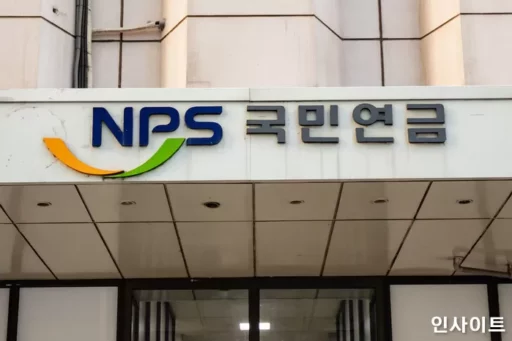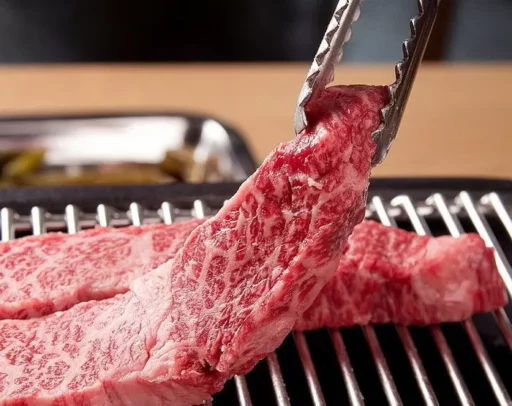'Gwang-eo Sushi' Might Disappear from 'Assorted Sushi'… Massive Die-off of Juvenile Fish Due to High Water Temperatures
Gwang-eo and ul-eok, which are the most commonly seen seafood in sashimi restaurants, have now become "fish that are too expensive to eat."
On the 25th, the Korea Economic Daily reported, citing the Korea Maritime Institute (KMI) Fisheries Industry Observation Center, that the wholesale prices of Gwang-eo and ul-eok surged due to the massive die-off of juvenile fish in fish farms resulting from last year's record-breaking heat wave.
In May of last year, the wholesale price of ul-eok reached 17,813 won per kilogram, a 39.2% increase compared to the same period the previous year (12,800 won).
This figure is higher than the prices recorded in July (13,250 won) and August (16,506 won) during last year’s extreme heat.
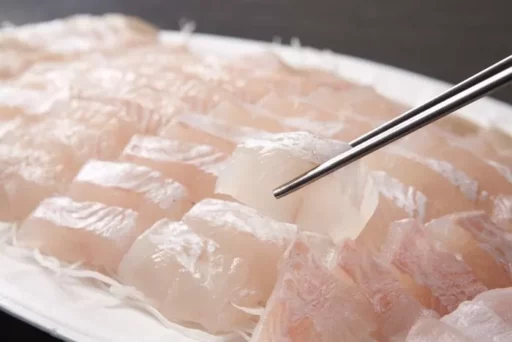
During the same period, the wholesale price of Gwang-eo was 19,500 won per kilogram, up 11.3% from the previous year (17,513 won). It is also an 18.1% increase compared to the price in August of last year (16,506 won).
The background of this price surge is attributed to the 'high temperature warning' that lasted for 71 days last summer with water temperatures exceeding 28 degrees Celsius. This represents the longest record since the introduction of the high-temperature warning system in 2017, resulting in massive die-offs of juvenile fish that are vulnerable to high temperatures.
As a result, the shipment quantity has plummeted. Shipments show that the quantity of Gwang-eo weighing less than 500 grams decreased by 38.9% to 118 tons compared to the previous year, while ul-eok weighing less than 400 grams dropped by 54.9% to 79 tons.
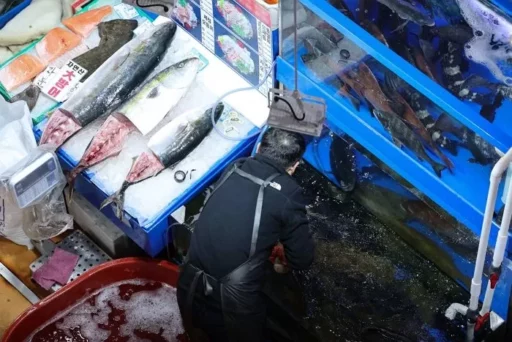
The rearing quantity of Gwang-eo has also decreased by 32.7% to approximately 85,000 fish.
The aquaculture industry has been raising new juvenile fish since last autumn, but it takes over a year for the juveniles to grow to sashimi size, leading to a slow recovery in supply.
Additionally, the possibility that impurities flowing from land during the rainy season could impact marine ecosystems has been identified as a variable.
Therefore, analysis suggests that it will take a considerable time for the supply of Gwang-eo and ul-eok, referred to as "public seafood," to normalize.
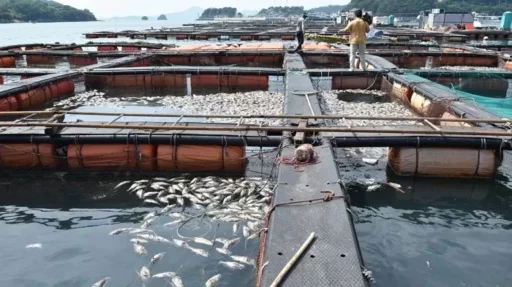
Image Source: Material photos to aid understanding of the article / gettyimagesbank, Material photos to aid understanding of the article / News1
